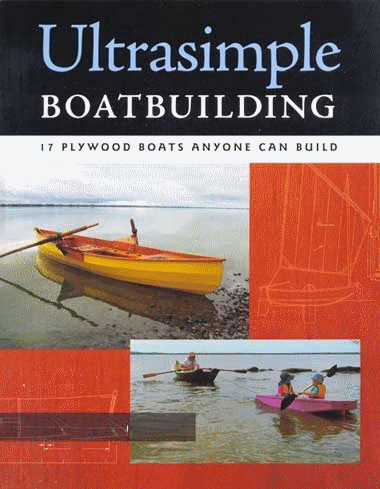
We left the city of David at 0700. Our destination, Almirante, lay about 150 miles north, on the Caribbean coast of Panama. To get there we first traveled on a rough two lane road through the village of Gualaca, about 20 miles from David. Gualaca is at about 1000 feet elevation and is cooler than the sweltering coast. The road then took us up through the Cordillera Central, the high mountains that form the backbone of Central America. As we climbed higher toward the continental divide, cattle ranches gave way to highland rainforest. Traveling slowly over and around washouts and potholes, we wound our way up through fog and dripping rainforest to the pass, which I estimate to be at roughly 5000 feet elevation. Descending over a series of tight switchbacks on the northern slope of the mountains we passed La Fortuna reservoir at about 3000 feet elevation. This beautiful lake was formed when a dam was built in 1984, bringing hydroelectric power to the region. The Caribbean side of Panama gets more rainfall than the Pacific side and we rolled past banana and coconut plantations while the rain came down, sometimes in torrents, sometimes in drizzles on the way to Almirante.
 |
| Waterfront in Almirante |
All along the road we saw people dressed for the holiday waiting for the bus to Almirante. When we got there, throngs of people, nearly all black or mestizo, were crowded around the water taxi terminal trying to get a ride to one island or another before dark. After an hour’s wait we managed to get aboard a water taxi to Bocas town. With the 25 foot boat loaded down with about 35 people and their bags, the overloaded launch motored out of the tiny harbor and gathered speed for the ten mile trip to Bocas Town where we were met by our friends, Craig and Liz. We celebrated our arrival there with a beer at a waterfront café and then hired a small boat to take us the last few miles to Isla Bastimento, where the Red Frog Marina is located. Craig and Liz have been living here aboard their 42 foot catamaran, Salida, for the last four months.
Red Frog marina, named for the tiny red frogs that are native to the area, is located in a small cove on the northwest side of the island. It’s part of a small resort that includes a hostel, cabins for rent and an outdoor bar on the beach. The beach is on the other side of the island, facing the open Caribbean Sea and is well known to surfers who come here from around the world to surf the many good breaks on Bastimento and other islands that make up this part of the Panamanian coast. The surf wasn’t great when we got there but we had a good time bodysurfing and then hanging out at the beachfront bar afterward.
 |
| The Pizza Oven at Rana Azul |
In the morning we upped the anchor and sailed for Starfish Cove on Isla Colon, where the snorkeling was fabulous. Later we took the dinghy around the point and halfway up the Bocas del Drago channel to a beachfront restaurant called Yarisnoris. Here we found tourists, lots of them. All around us at the restaurant we heard tourists speaking French, German and Italian along with English and Spanish. The locals of this area speak Guari Guari, which is a hybrid of Jamaican English, Spanish and Guaymi. Guaymi is name of the indigenous natives of this part of Panama. Back when the Trans Isthmus railroad, and later the canal, was built, the French and American contractors imported laborers from Jamaica, Barbados, and even China, to work on those projects. Intermarriage among these groups as well as the native population has resulted in a rich cultural history and linguistic patois that is fascinating to hear.
From Starfish Cove we sailed for Bocas Town and anchored outside the harbor. Here we could see the local fishermen paddling dugout canoes out to fish the reefs and shoals that abound in this area. I first saw a dugout in Almirante and thought that perhaps the locals made them for tourists, of which there are very few in that town. But, no, they are working boats used every day by the local fishermen. I looked closely at a few of them and found them to be finely crafted vessels carved from a single log. It is not uncommon to see a man with wife and a kid or two
 |
| Native Dugout Canoe |
The food here is what I would call a uniquely eclectic blend of creole, Carib, Panamanian, European and American. I love the spice and tang of the local cuisine. The architecture along the waterfront and main streets is also a blend of Caribbean, Latin and European styles, all painted in bright colors. Located just nine degrees north of the equator, Bocas is out of the hurricane zone and the weather is what I call equatorial; Hot and sunny most of the time except when it’s hot and rainy. Humidity also stays near a hundred percent, so we swim or snorkel off the back of the boat every day.
 |
| Red Frog Beach, Isla Bastimento |





0 komentar:
Posting Komentar